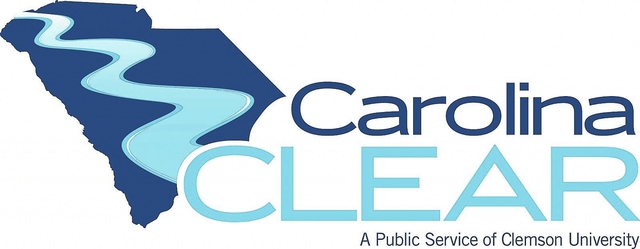CLEMSON — Expect to be impressed when you meet a Marine, but when that Marine is a 95-year-old Pearl Harbor survivor who challenges you to a pull-up contest, prepare to be blown away.
This is one of many things Clemson University student Will Hines of Spartanburg has learned in conducting the Veterans Project, an ongoing undergraduate research project to collect and preserve the personal accounts of American war veterans so that future generations can hear those stories directly from the men and women who lived them.
Former Marine Staff Sgt. Robert A. Henderson’s story begins in Hawaii on the morning of Dec. 7, 1941, as a plane with a perplexing paint job thunders overhead “close enough that I could have thrown a rock and hit it” toward a row of U.S. Navy ships docked in the harbor, he said.
He thought it was part of a drill until the plane dipped and released a torpedo. The violent chaos in the two hours that followed would define much of the 20th century.
Henderson, relaxed in a comfortable chair in his Spartanburg living room, described in gripping detail the many months of combat he experienced, culminating in the Battle of Okinawa.
“I was in the first and last battles of the war,” he said.
Hines videotapes every word. One copy will go to Henderson and his family and one copy will go to the Library of Congress to be preserved forever.
When asked how he stays so healthy at 95. Henderson takes Hines out to his garage to show off his home gym where he exercises three times a week. He demonstrates by doing 12 pull-ups without breaking a sweat and dares Hines to match him.
Interactions with truly amazing veterans like this are just some of the fringe benefits students who participate in the project enjoy. The Veterans Project is an example of community-engaged learning at Clemson, which has a military history dating back to its founding in 1889.
Hines, a junior business management major from Spartanburg, became involved in the project because of his lifelong fascination with history.
“I’ve been interested in veterans since I was little. I met my great uncle when I was about 7 years old. I found out he landed on five islands in the Pacific and I asked him a ton of questions,” he explained. “I was able to interview him in high school — for fun, not for anything specific — which helped me become closer to him. He was wounded twice: once on Okinawa from a grenade rolled down a mountain. Meeting him really influenced how I became interested in studying the history of America’s conflicts.”
After Henderson’s interview, Hines makes the seven-minute drive to another veteran’s home. Retired U.S. Air Force Col. Arthur T. Ballard was an F-105 fighter pilot during the Vietnam conflict with 68 combat missions under his belt when he was shot down and captured Sept. 26, 1966.
“I think it was small arms fire, maybe 32 or 57 millimeter. The sky just filled up with that stuff,” he recounted. “I don’t remember a whole lot about the bailout. I woke up on the ground with a broken leg and a rifle stuck in my face.
He was held as a prisoner of war for six and a half years in the infamous Hao Lo prison, aka the “Hanoi Hilton.” Back in the United States, his wife, Ruth, didn’t know if he was dead or alive, but she never gave up hope. His harrowing, but ultimately inspiring, story is preserved forever in his 58-minute interview with Hines.
In the course of one Saturday morning, Hines has gone from Pearl Harbor to the Hanoi Hilton, and a visit with a Battle of the Bulge veteran is slated for the afternoon. It’s quite a day for a history buff.
“When we came home, it was one of the most emotional things that happened,” said Ballard. Ballard, an F-105 fighter pilot, was shot down and captured on Sept. 26, 1966.
“I can’t speak highly enough about the altruism and the character of the students who have been involved in this project. As a veteran myself, I really appreciate what they’re doing,” said historian Vernon Burton, author of “The Age of Lincoln” and Clemson’s creativity professor of humanities who serves as the Veterans Project’s faculty adviser. “They care about our history, and they care about these people and the sacrifices they’ve made. Seeking these veterans out and finding them is a really big job, but the students have worked really hard and they’ve really struck some bonds over the years with some of these veterans.”
To date, Clemson students have preserved the stories of 87 veterans from all branches of service with hopes that the project will continue as new students cycle in.
“It is very important to document these veterans’ stories as told from their own mouths while we still can,” said Burton. “Beyond that, this program provides an incredible opportunity for students here at Clemson to experience history firsthand while developing historic and analytical skills. The use of new technology and interviewing techniques will serve them as they move forward in their careers. Most importantly, they’re helping to create an amazing resource for historians of the future.”
“The overall scheme of our conflicts is really important,” said Hines. “But knowing what each individual went through is more so because everyone’s story is different and we should know them all, no matter how insignificant they think they are.”





